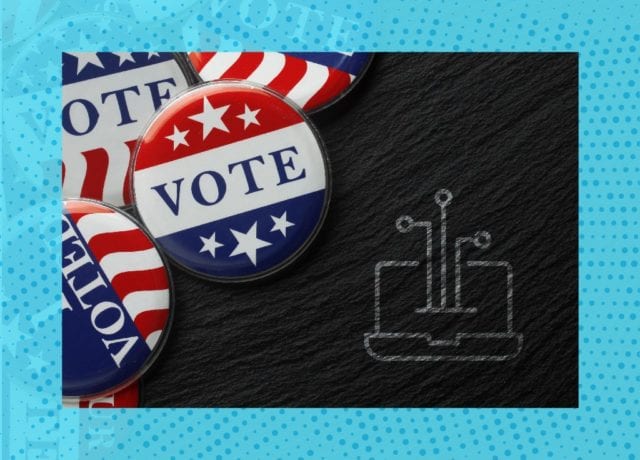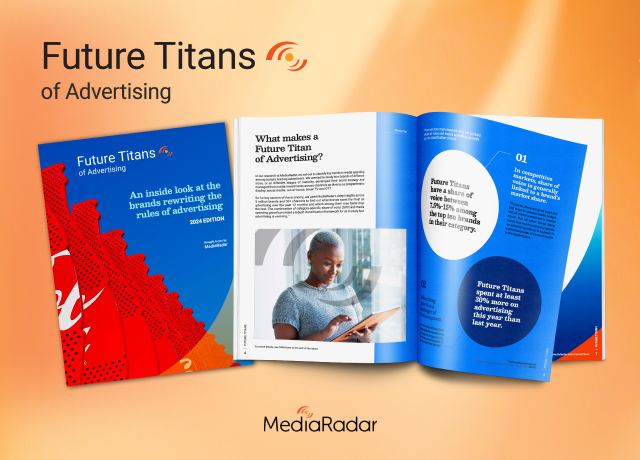With the Iowa caucus just around the corner, the 2020 election is heating up (as if it wasn’t hot enough already).
While not the only hot button issue this year, the role of social media and ad tech in political advertising is certainly at the forefront of the election cycle. Since the 2016 election, Facebook has faced heavy criticism for the way it handles political advertising.
Nearly the entire ad tech industry has made changes as a result of this backlash. Now, with the next election nearly upon us, how is ad tech approaching political ads?

Facebook Stays the Course
First things, first: Facebook has opted not to change its political advertising policy. Earlier this month, the social media behemoth (or digital publisher, depending on your perspective) announced that it would “continue to allow political campaigns to use the site to target advertisements to particular slices of the electorate and that it would not police the truthfulness of the messages sent out.”
It is taking an ostensibly neutral route, in other words.
“Politicians will still be exempt from Facebook’s fact-checking program, and will still be allowed to break many of the rules that apply to other users,” writes Kevin Roose at The New York Times. “Campaigns will still be allowed to spend millions of dollars on ads targeted to narrow slices of the electorate, upload their voter files to build custom audiences and use all the other tools of Facebook tradecraft.”
Some commentators — Roose included — note that ad tech giants face a “damned if they do, damned if they don’t” reality. If they try to remain neutral, they’re responsible for misinformation campaigns. If they crack down on certain kinds of ads, they may be branded partisan.
So how have other tech companies with major ad revenue responded to political ads?
Twitter, Google and Spotify on Political Advertising
There is no cohesive response to modern political advertising in ad tech. But many other companies have taken action in response to the backlash that Facebook has faced the past four years.
Quartz has a fantastic graphic that breaks down which companies allow what.
- Google announced in November 2019 that it would restrict political targeting for the 2020 election cycle. Like any other advertiser, campaigns are able to target by geographic region and some personal details (like age and gender). They’ll also be about to target based on website visits. But, unlike before, targeted groups will no longer be divided into “left-leaning”, “right-leaning” and “independent”. While not as concrete, Google also said it would take action against ads that included “demonstrably false”; the company noted this type of action would be rare. The changes were enacted in Britain back in November and here in the US this month.
- Both Twitter and Spotify have banned political advertising altogether. Spotify was clear in its statement: “At this point in time, we do not yet have the necessary level of robustness in our processes, systems and tools to responsibly validate and review this content.” The company has paused political advertising.
- Twitter and its CEO Jack Dorsey took a stronger stance on the issue. “We believe political message reach should be earned, not bought,” Dorsey wrote in a series of tweets. “This isn’t about free expression. This is about paying for reach. And paying to increase the reach of political speech has significant ramifications that today’s democratic infrastructure may not be prepared to handle.”



